Critical Minerals for Transformation
The move away from fossil fuels towards renewable energies leads to the use of new technical processes in the field of electromobility, wind power and photovoltaics, all of which generate a higher demand for so-called critical metals. These raw materials include, in particular, lithium, copper, cobalt, graphite and rare earths. Without these raw materials, the world's sustainability goals in terms of energy production cannot be achieved. Germany, in particular, is dependent on a continuous supply. Due to increasing Geopolitics tensions, traditional value chains are being interrupted and alternative regions of origin for critical raw materials are being sought. In this context, Africa will play a crucial role in supplying these markets in the future.
Through the many years of activity of its founder Carl Heinrich Bruhn in Africa, the CHB Group is involved in the establishment of an international raw materials fund to secure the supply of critical minerals. To this end, the Group has entered into a joint venture with a leading financial company with expertise in transactions in the African mining sector, Pangaea Securities in Zambia and Johannesburg.

Use of the Critical Minerals
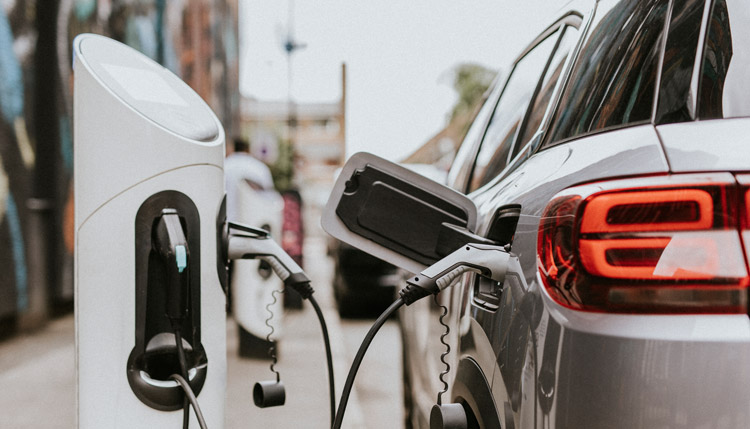
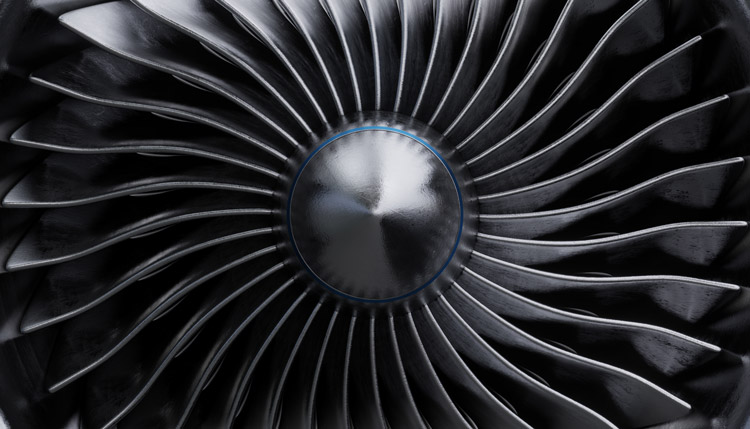

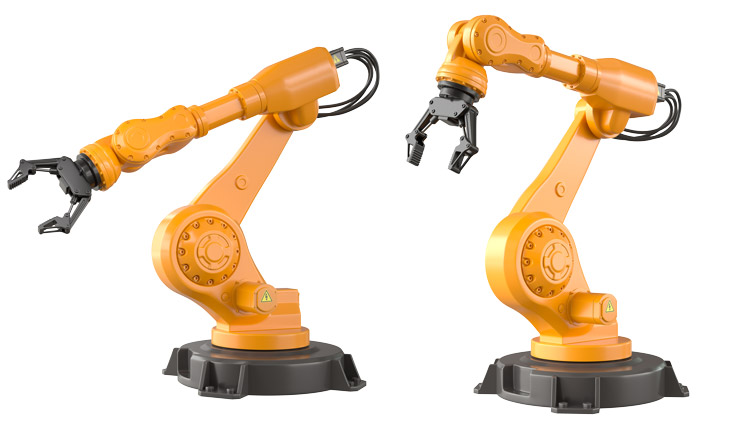
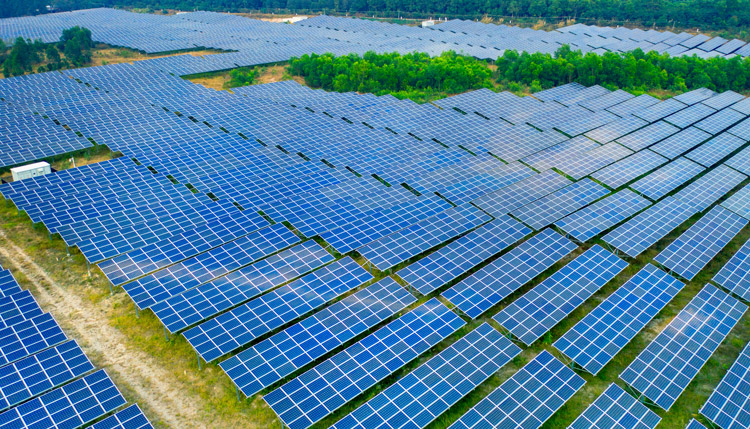
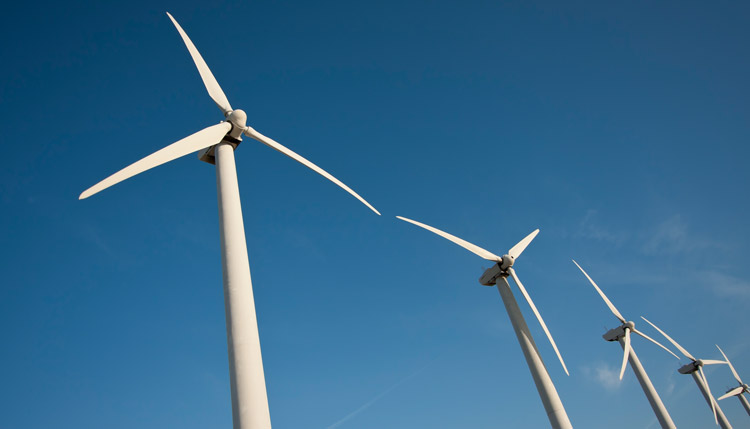
Requirement
The demand for minerals is increasing massively due to the transformation of the economy. Due to geopolitical tensions, supply is becoming scarce at the same time, so that supply of some metals can be described as particularly critical.
According to recent studies by the International Energy Agency (IEA), demand for lithium is expected to increase up to fivefold by 2040 compared to 2020, depending on the scenario. In the same period, the demand for cobalt will more than triple, and the demand for copper, nickel and especially rare earths such as neodymium will also increase rapidly.
The situation can be easily deduced from two examples of IEA calculations. To build a conventional car, about 40 kg of the critical metals copper and magnesium are needed. The construction of an electric car, on the other hand, requires 220 kg, more than five times the amount of metals. Lithium, copper, nickel, cobalt and graphite play a decisive role in today’s battery production technologies.
The situation is similar when it comes to the production of renewable energy. While according to the IEA, about one ton of critical metals are needed to generate 1 MW of electricity from natural gas in the value chain, it is almost 16 tons for offshore wind turbines, for example.
Africa has almost all the raw materials needed for this transformation process. The CHB Group recognized the resulting market opportunities on the supply side and concluded a joint venture with a partner company in Africa. This is Johannesburg and Lusaka-based Pangea Securities, founded by Ceaser Siwale. The CHB Group and Pangea are developing their own commodity fund in order to be able to respond to demand with specific offers.
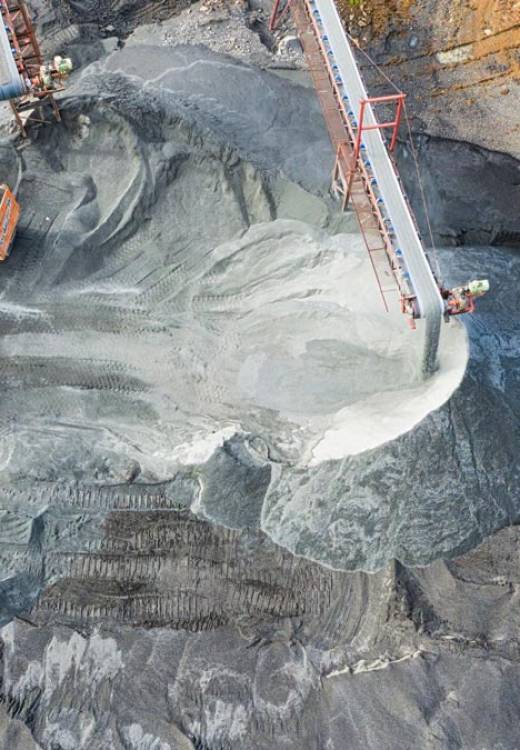
Critical Minerals in Africa
Europe is dependent on imports of many raw materials, especially metals. Sub-Saharan Africa has almost all the raw materials needed for the upcoming transformation.
For example, Zambia, Zimbabwe and the Democratic Republic of Congo have large deposits of lithium, copper, cobalt, manganese, zinc and graphite. This results in great opportunities for raw material partnerships with the respective countries. It also opens up completely new ways of generating higher added-value in the countries with investments in the individual areas of the value chain .
The joint venture to establish the Critical Minerals Fund is based on these opportunities. The Fund is aimed at securing and exploring these critical minerals. Special emphasis is placed on the highest of standards and sustainability.



